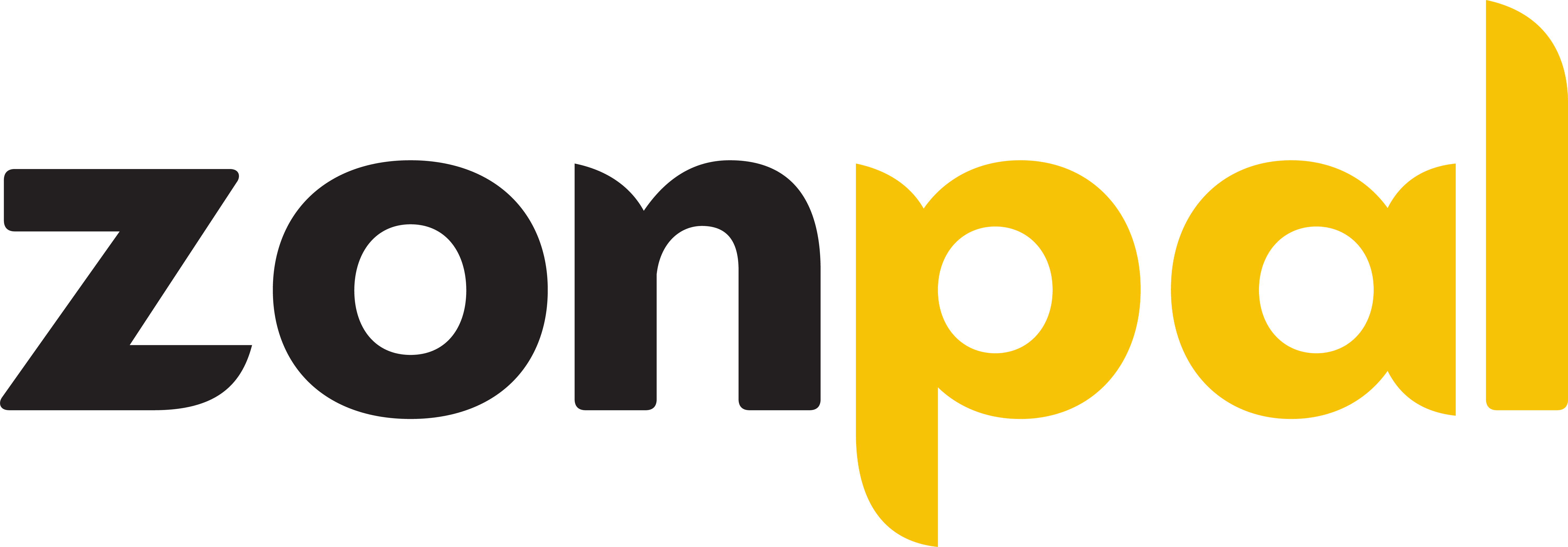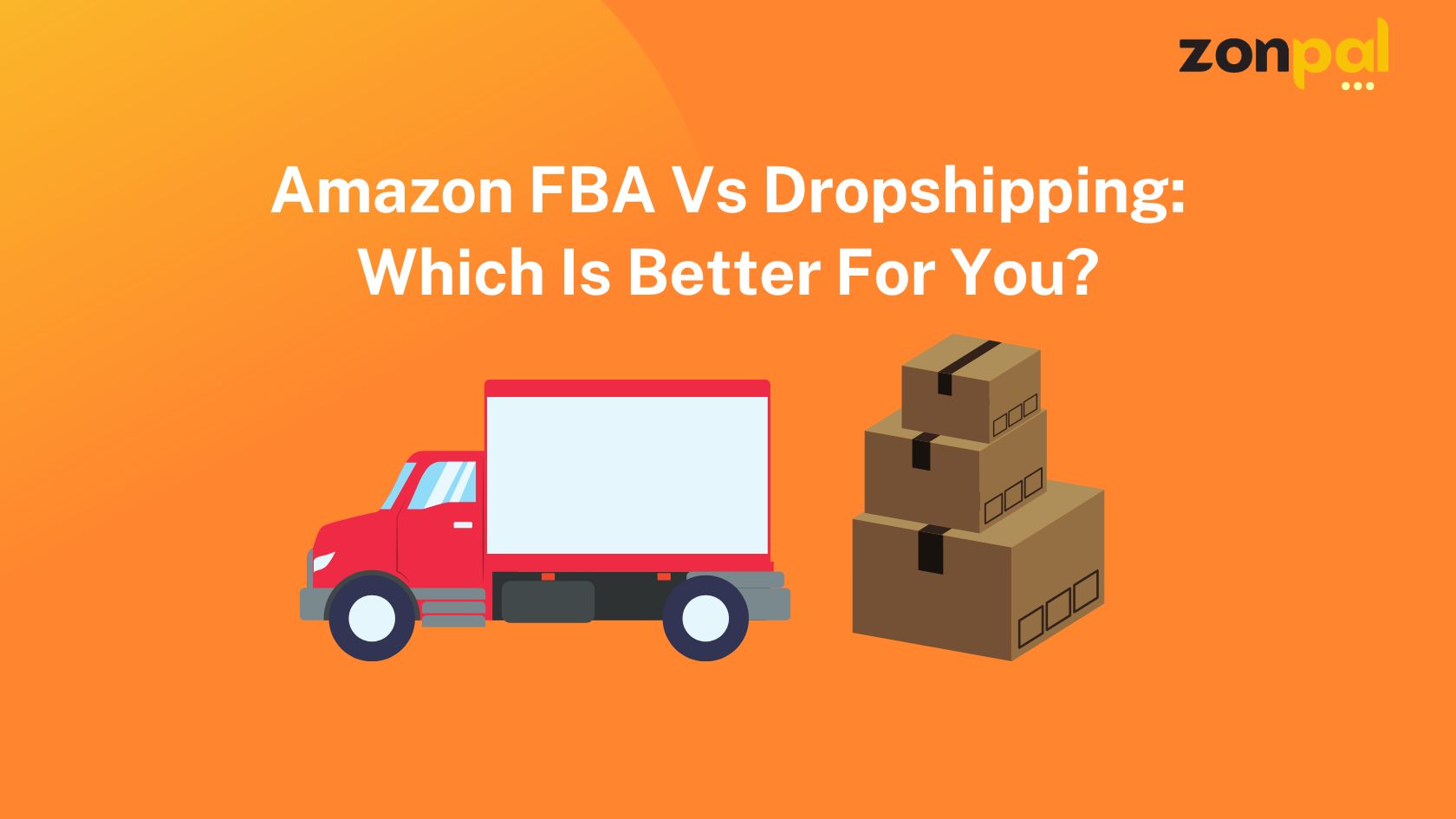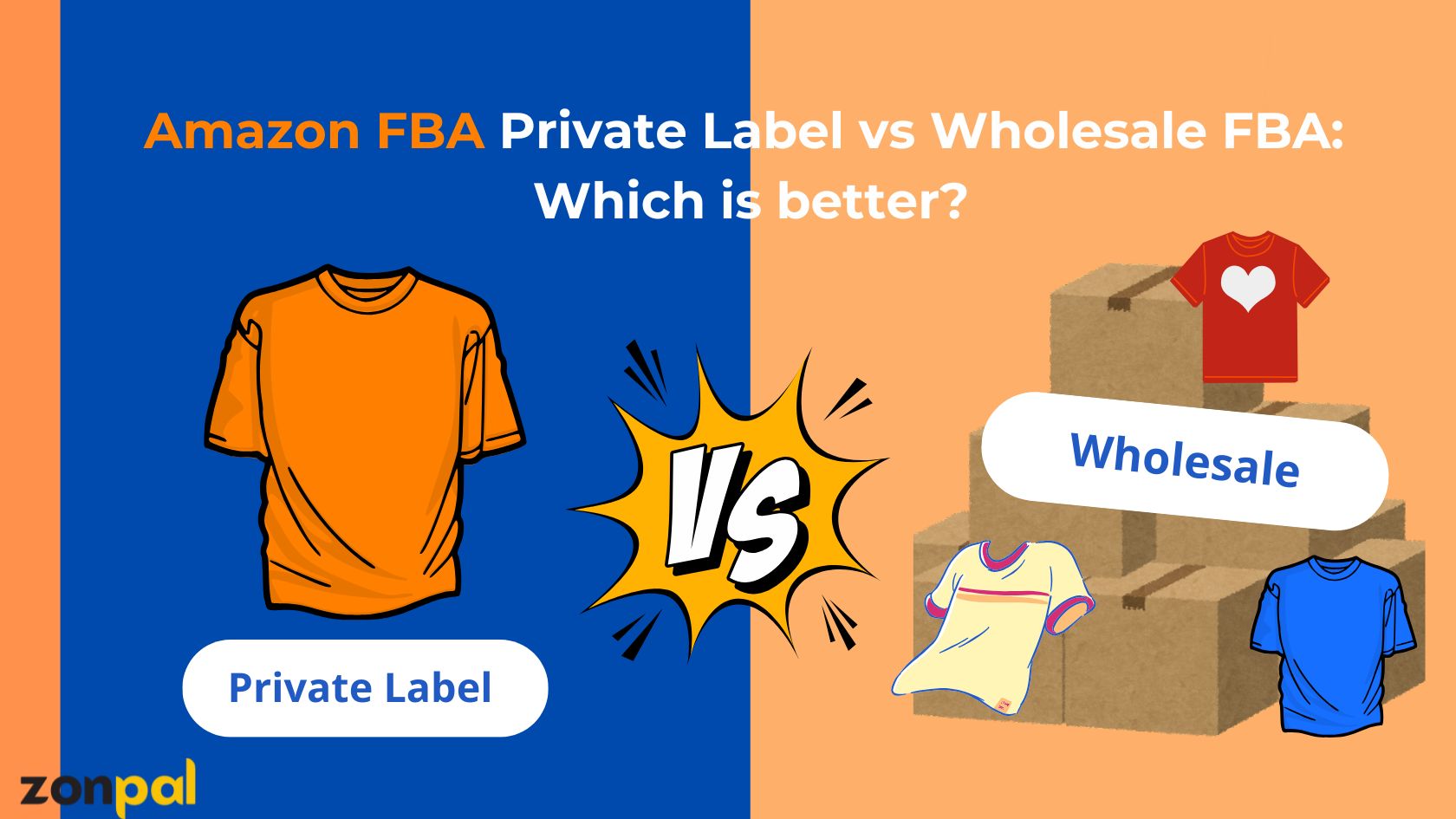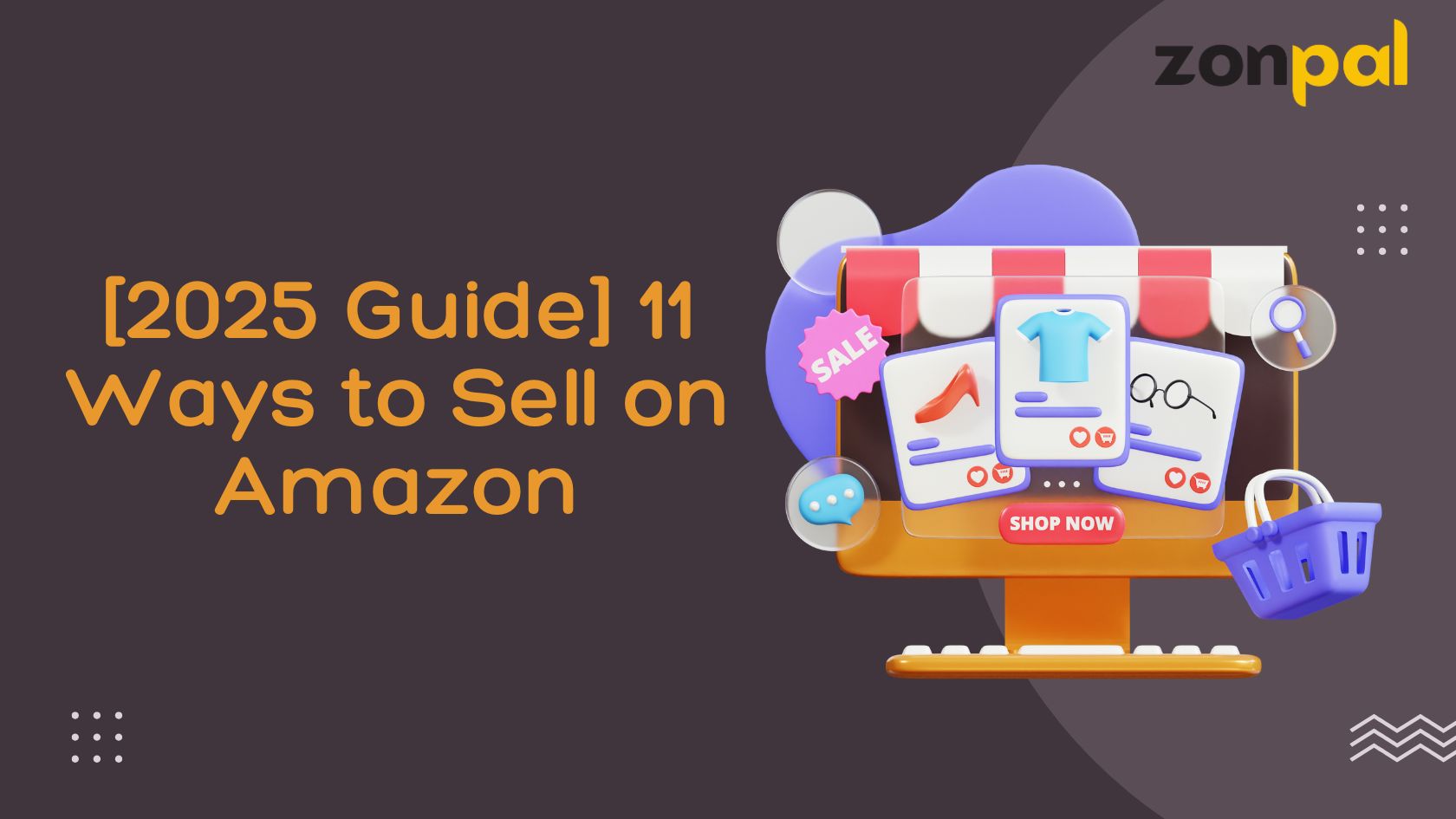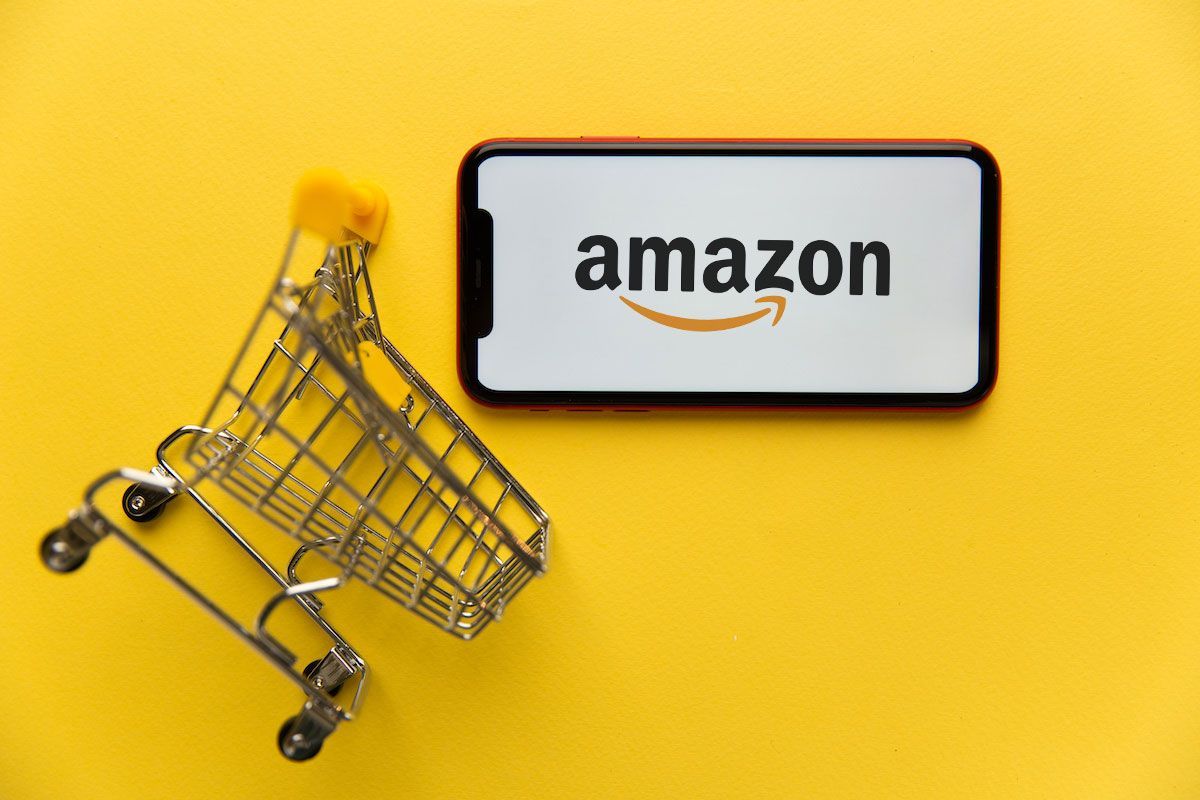Amazon FBA vs FBM: Which Model is Ideal Choice for You?
Amazon sellers have 2 main fulfillment options: Fulfillment by Amazon (FBA) and Fulfillment by Merchant (FBM). Each comes with its own advantages, costs, and level of control.
Jungle Scout’s 2024 report shows that around 82% of Amazon sellers use FBA for some of their orders. In contrast, 34% use FBM. This highlights how popular FBA is among sellers looking for hands-off fulfillment and Prime eligibility. However, FBM remains a strong choice for those wanting more control over inventory and costs.
So, which model is right for you? Let’s dive into the key differences between Amazon FBA vs FBM to help you make the best decision.
What’s The Difference Between FBA and FBM?
Amazon FBA and Amazon FBM are 2 different ways to fulfill orders. They determine how products are stored, packed, and shipped.
Amazon FBA means sellers send their products to Amazon’s fulfillment centers. Amazon handles storage, picking, packing, shipping, and customer service, including returns. This model helps sellers get Prime eligibility, faster shipping, and Amazon’s logistics skills. However, it also has storage and fulfillment fees.
Meanwhile, with Amazon FBM, sellers are responsible for storage, fulfillment, and customer service. They can do this themselves or use a third-party logistics provider (3PL). FBM lets sellers control fulfillment and costs. This makes it great for businesses with their own warehouses or those selling large or low-margin products.

What’s the difference between FBA and FBM?
What Are The Key Points To Consider Before Selecting A Fulfillment Method On Amazon?
Before deciding between Amazon FBA vs FBM, you should know how each affects your costs, control, growth, and business goals on Amazon. Here are 6 factors that you must know:
Fulfillment
With FBA, Amazon handles the entire fulfillment process for you. Amazon takes care of storage, shipping, and customer service for your products. This allows for fast delivery and helps sellers grow their business effectively.
In contrast, FBM requires sellers to store, pack, and ship products themselves. This method gives better control over inventory and shipping costs. It is great for low-margin, large, or niche products. These products may face high storage fees on Amazon. However, sellers must also manage customer service, shipping logistics, and returns, either in-house or through a third-party logistics (3PL) provider.
Fees
Sellers using Amazon FBA must pay fulfillment fees, which cover picking, packing, shipping, customer service, and returns. These fees vary based on product size and weight but can simplify logistics by outsourcing the entire fulfillment process. Additionally, FBA sellers incur monthly storage fees for keeping inventory in Amazon’s warehouses, which can increase if products remain unsold for long periods.
On the other hand, FBM sellers avoid FBA fees, but they must handle all fulfillment costs themselves. This includes warehousing, packaging, shipping, labour, and customer service expenses. While this approach gives sellers more control over costs, it can become expensive, especially for businesses with high shipping volumes or bulky items.
Prime Eligibility
With FBA, your products qualify for Amazon Prime. This means Prime members can get fast, free shipping, often in 1 to 2 days. This gives you a significant competitive advantage, as millions of Prime subscribers prefer convenient and rapid delivery. Having the Prime badge on your listing can increase your visibility and sales. This makes customers more likely to pick your product instead of non-Prime options.

Having the Prime badge on your listing can increase your visibility and sales
For FBM, Prime eligibility isn’t automatic. You can access Prime benefits through Seller Fulfilled Prime (SFP), but this requires meeting Amazon’s strict performance standards. These include maintaining fast shipping times, high order accuracy, and excellent customer service. While SFP offers the flexibility of self-fulfillment, it can be challenging for new or small-scale sellers to qualify and maintain Prime status consistently.
Customer Service
With FBA, Amazon takes care of customer inquiries, returns, and refunds, allowing you to focus on growing your business rather than handling support issues. This can be a major advantage, especially if you sell at high volumes, as Amazon’s customer service operates 24/7, ensuring quick response times and hassle-free returns. Meanwhile, FBM sellers must manage customer service on their own.
If you prefer a hassle-free experience, particularly with handling customer returns, FBA is the better choice.
Storage
In the FBA model, your products are stored in Amazon’s vast network of fulfillment centers. This setup makes it easy to scale up. Amazon handles storage and logistics.
However, sellers need to consider storage fees. This includes long-term fees for products that do not sell quickly. For instance, if you sell seasonal products like Christmas ornaments, you may have to pay higher fees during the off-season if the items sit in storage too long.
In contrast, FBM allows you to store your inventory wherever you choose, whether at home or in a warehouse you manage. This gives you more flexibility and control over costs but requires you to manage stock levels actively.
Product sizes and weight
When it comes to product size and weight, FBA tends to be more cost-effective for small, lightweight items. This is because Amazon offers bulk shipping rates that help reduce overall fulfillment costs. For example, if you’re selling compact items like phone accessories or jewelry, FBA’s lower shipping rates and bulk handling will likely save you money and time.
However, if you’re selling large, heavy, or slow-moving products, FBM might be the better option. FBA charges higher fees for storing and fulfilling oversized items, which can eat into your profit margins. For instance, if you sell large furniture or bulky appliances, FBM allows you to manage storage and shipping yourself, avoiding these higher fees. Additionally, you have more flexibility with pricing and fulfillment times.
To determine the best method for your product, you can use Amazon’s FBA revenue calculator to estimate the fees and see which model offers the best return on investment for your specific products.
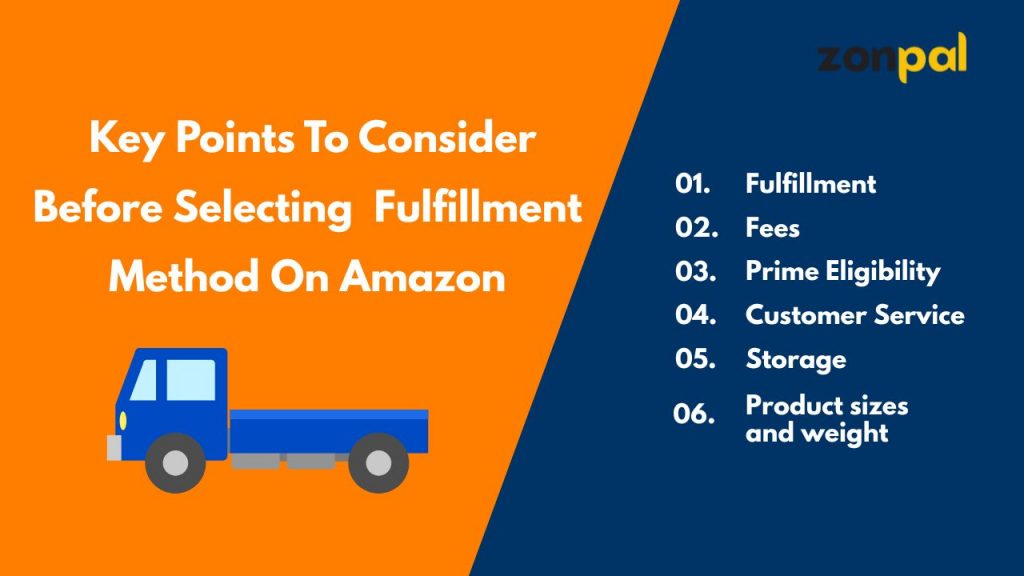
Key points to consider before selecting a fulfillment method on Amazon
What To Choose Between Amazon FBA vs FBM?
Deciding between Amazon FBM vs FBA depends largely on your business model, product type, and how hands-on you want to be with operations.
Go with Amazon FBA if you’re aiming to scale your business quickly without the burden of packing, shipping, and handling returns. It’s ideal for fast-selling, small- to medium-sized products where speed, convenience, and access to Prime customers can give you a competitive edge. For example, sellers dealing in beauty products or tech accessories often benefit from FBA’s streamlined process and customer trust.
Choose Amazon FBM if you want to maintain full control over your inventory and fulfillment expenses. This model works well for businesses that have existing warehousing or use third-party logistics, especially for items that are bulky, slow to sell, or require special packaging. Handling custom-made goods or large furniture through FBM allows for flexibility and potentially better profit margins.

What to choose between Amazon FBA vs FBM?
>>> See more: Amazon FBA Vs Dropshipping: Which Is Better For You? <<<
FAQs
Which Is Better, FBA or FBM?
There is no one-size-fits-all answer. FBA is better for hands-free fulfillment and Prime access, while FBM offers more control and lower storage costs. The best choice depends on your business goals and product type.
Is Amazon FBM free?
No. Although FBM sellers don’t pay FBA storage and fulfillment fees, they still have to pay Amazon a referral fee on each unit sold, ranging from 8% to 30%, depending on the product category.
Is Amazon FBA really profitable?
Absolutely. According to Jungle Scout’s 2024 article, 57% of sellers earn profit margins above 10%, with 28% surpassing 20%. In fact, 82% of third-party sellers use FBA — a strong sign that the model continues to drive success.
Amazon made $574 billion in revenue in 2023. Of that, 23% came from third-party sellers. This shows that FBA is still a strong way to make money.
Is Amazon FBM more profitable than FBA?
It depends on the product type. FBM can be more profitable for large, heavy, or slow-moving products due to lower storage and fulfillment costs. However, FBA provides benefits like Prime eligibility and logistics automation, which can boost sales volume.
Can I sell on both FBA and FBM?
Yes, many sellers use a hybrid approach. You can list some products under FBA and others under FBM to balance cost efficiency, inventory control, and Prime eligibility.
Conclusion
In conclusion, both Amazon FBA vs FBM have their strengths. FBA is best for sellers who want automation, Prime eligibility, and scalability, while FBM suits those who prefer full control over inventory and fulfillment costs. Many successful sellers combine both models to maximize efficiency and profitability.
If you’re unsure which fulfillment strategy aligns with your business, our Consulting & Strategy Service can provide tailored insights to help you make the most profitable decision. Get expert guidance to optimize your Amazon business from Zonpal agency today!
